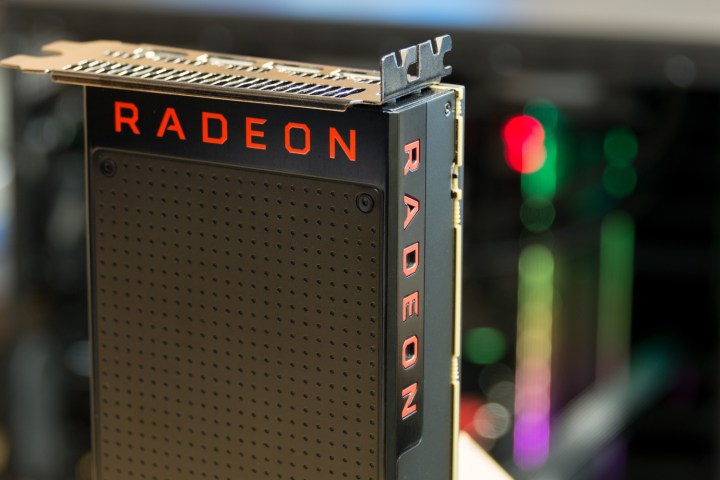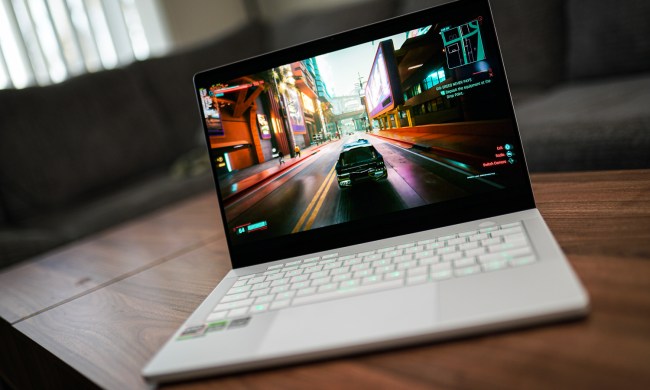
“Mike will be responsible for strategy and business management for RTG, including consumer and professional graphics as well as our semi-custom products,” the press release reads. “[David’s] past roles at AMD included the position of corporate vice president responsible for SOC development of processor products, including GPUs, CPUs and APUs.”
In short, it’s good news for AMD, and very good news for anyone worried about the Radeon group’s future. With the departure of such a high-profile figure like Raja Koduri — to competitor Intel, no less — the Radeon group could have been left in a precarious position with regards to its ongoing development efforts. These two new hires — well, one hire, and one promotion — make it clear that AMD has no intention of losing ground to Nvidia or other competitors in the graphics market.
“Mike and David are industry leaders who bring proven track records of delivering profitable business growth and leadership product roadmaps,” said AMD President and CEO Dr. Lisa Su. “We enter 2018 with incredible momentum for our graphics business based on the full set of GPU products we introduced last year for the consumer, professional, and machine learning markets. Under Mike and David’s leadership, I am confident we will continue to grow the footprint of Radeon across the gaming, immersive, and GPU compute markets.”
The press release goes on to describe how Mike Rayfield and David Wang will help usher in a new era for the Radeon group and it’s not wrong. The market for graphics cards is currently getting a little weird. With cryptocurrency miners crowding out enthusiasts, and prices skyrocketing, the development of new and innovative GPU solutions is something every PC enthusiast should keep an eye on.



